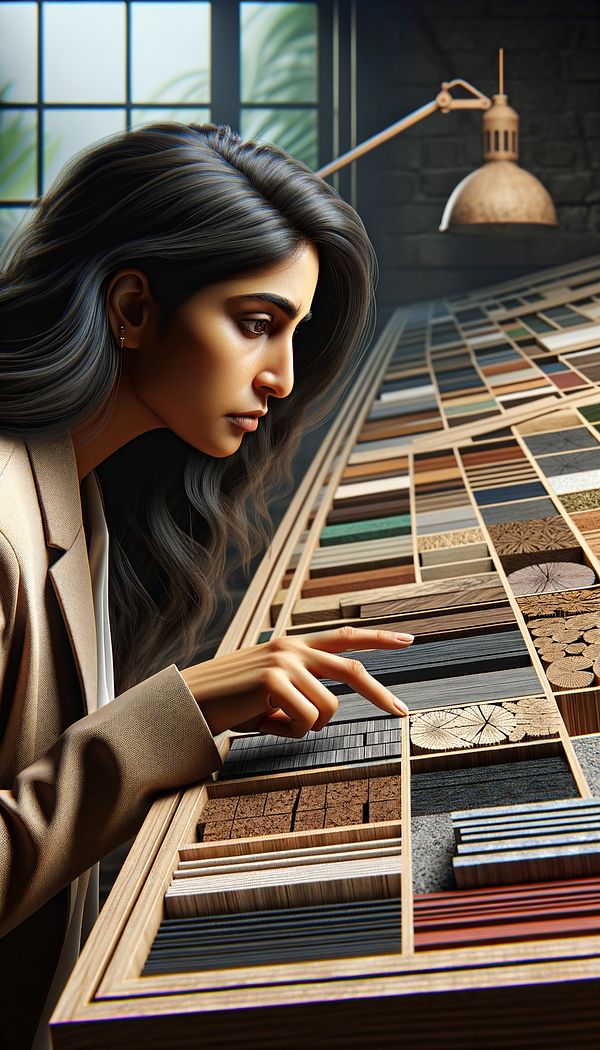What is Firmness?
Firmness refers to the physical strength and stability of a structure or material.
Description
In the context of interior design, firmness is a fundamental concept that goes beyond just choosing materials for their aesthetic appeal. It involves considering the physical properties and capabilities of materials and structures to ensure they can withstand daily use and maintain their integrity over time. Firmness is essential for the safety and longevity of interior spaces, influencing decisions from the floor up to the ceiling, including furniture and architectural elements.
Considering firmness during the design process involves assessing the weight-bearing capacity of materials, their resistance to wear and tear, and their ability to retain shape and structure under stress. This ensures that spaces are not only beautiful but also functional and durable. Factors such as the selection of support beams, flooring materials, and furniture construction all play a critical role in achieving the necessary firmness.
Innovations in materials and construction techniques have expanded the possibilities for achieving firmness in design, allowing for greater creativity and flexibility. Designers now have access to a wider range of materials that can offer both strength and aesthetics, from traditional wood and metal to modern composites and polymers.
Usage
When designing a living room, an interior designer might consider the firmness of the sofa materials, ensuring they are robust enough to support daily use without losing shape. In constructing a new home or renovation, the architect would assess the firmness of the building materials to ensure the structure's safety and durability.
FAQs
-
How is firmness measured in materials?
Firmness in materials is typically measured through tests that assess compressive strength, tensile strength, and resistance to wear and tear, among other physical properties.
-
Why is firmness important in interior design?
Firmness is crucial in interior design for ensuring the safety, functionality, and longevity of interior spaces. It guarantees that materials and structures can withstand daily use and maintain their integrity.
-
Can firmness be achieved without compromising on design aesthetics?
Yes, advancements in materials technology and construction techniques have made it possible to achieve firmness without sacrificing design aesthetics, allowing for both functionality and visual appeal.
Practical Application
In practice, understanding and applying the concept of firmness involves selecting materials and construction methods that ensure the structural integrity and longevity of interior design projects. This might include choosing high-density foam for upholstered furniture, opting for engineered hardwood floors for better wear resistance, or incorporating steel reinforcements in custom cabinetry. By prioritizing firmness alongside aesthetic considerations, designers can create spaces that are both beautiful and lasting.
-
Architectural Elements199 articles
-
Furniture Types599 articles
-
Technical Terms38 articles
-
Materials & Textiles360 articles
-
Construction & Building86 articles
-
TraditionalTraditional interior design is a timeless style that emphasizes classic, symmetrical arrangements and rich details.
-
Boho ChicBoho Chic is a design style that combines bohemian and chic elements to create an eclectic, worldly, and layered interior.
-
AcrylicAcrylic is a synthetic material known for its durability and versatility in interior design.
-
What-NotA what-not is a piece of furniture incorporating open shelves for the display of ornaments.
-
Cottage FurnitureCottage furniture refers to a range of casual, homey, and often vintage-inspired furniture styles that evoke the cozy, comfortable ambiance of a countryside cottage.
